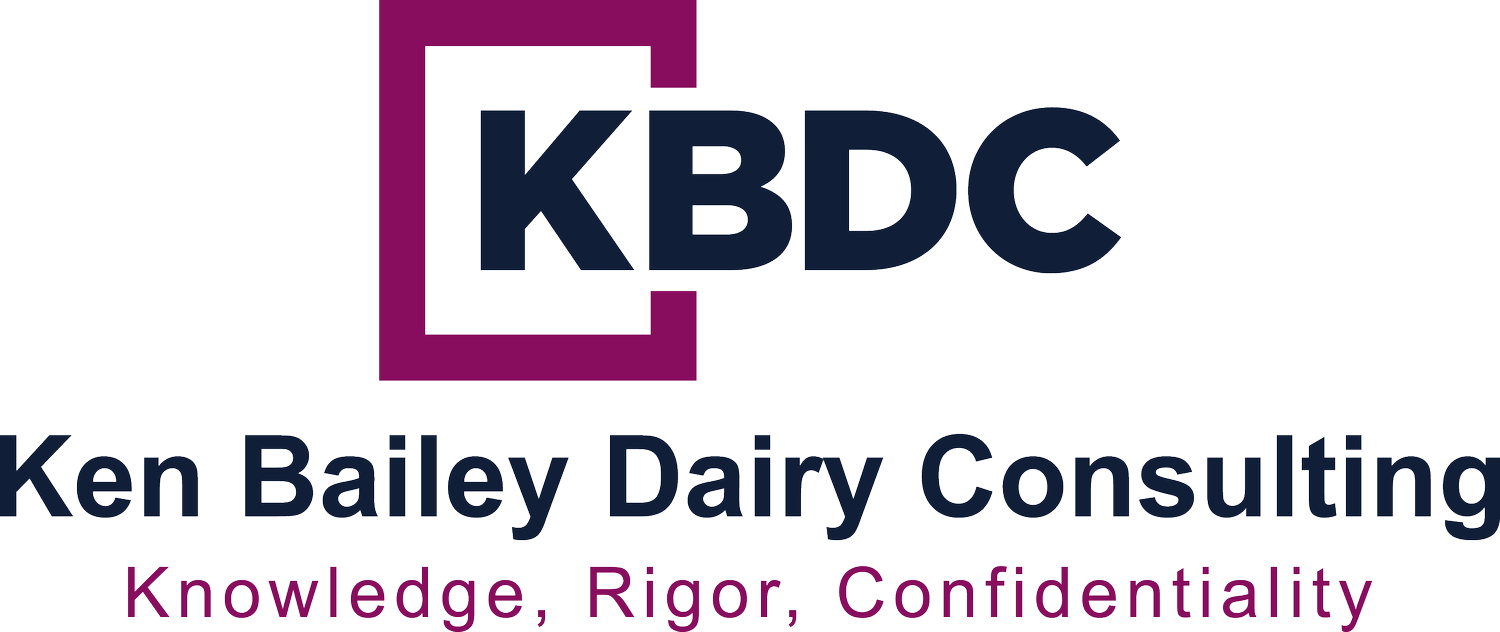closing out a hedge - week 6
October 17, 2022
It takes a lot of work to create and execute an effective hedge. First you ‘ll need to account for as much of the actual components in the milk or dairy product you are hedging. Second there is the issue of basis (or difference between the “hedged item” and “hedging instrument.” Third, the hedge must be executed. Last week I discussed the difficulty in actually implementing the hedge. And fourth, someone, often in the accounting department, will need to track the monthly “marked-to-market” over the life of the hedge.
Lastly, and not discussed yet, the hedge must be properly closed out. Often this is automated by the exchange (the hedged is reversed on the last day at closing prices). But, how did the hedge do? Were there offsetting gains and losses on the physical and derivatives? And was the basis that was estimated at the start of the hedge maintained through closing? Finally, were the derivative gains/losses allocated by accounting to the proper accounts (i.e. butter hedge gains allocated to the butter margin account).
Let’s suppose you have a fixed price sale for retail butter (salted, quarters). That represents a short position. You want to hedge the physical cost of manufacturing butter, which was estimated to be roughly 50 cents per pound over the CME future contract. The concern is that the cost of manufacturing butter could rise between now and when the product is made. So the risk management department buys enough CME butter contracts to cover 100% of the estimated cost to manufacture the butter for the sale. That is a long position. The basis between actual manufacturing cost and a bulk butter CME futures contract is estimated to be around 50 cents per pound. Later, when the contract expires (is closed out), the butter is manufactured and the sale completed. It is best industry practice at this time to calculate the effectiveness of the hedge. If butter prices rose by say 20 cents between the time the sale was initially made and then delivered to the customer, there should be a roughly 20 cent loss on the cost of manufacturing (it cost more to make the butter) and a 20-cent gain on the derivatives. Also, the actual cost of manufacturing at closing should again be compared to the CME futures contract. Was the basis still 50 cents per pound? Finally, care must be taken to allocate the 20-cent gain on the butter CME futures contracts to the company’s butter account. That way the higher cost of manufacturing will have a financial offset that will help maintain the butter margin.
To conclude, it’s best industry practice to carefully close out hedges and compare the results with the initial economics of the hedge. If a hedge is to be effective, the economics of the hedge must be maintained over time, especially at closing. Finally, make sure the gains/losses from the physical and derivatives are properly allocated to the correct accounting line. Otherwise, your financial results will be distorted.
